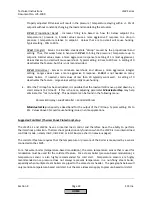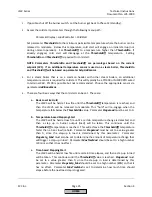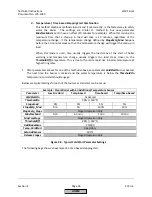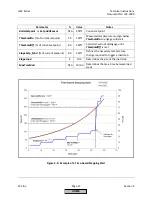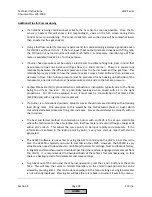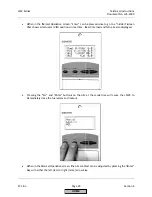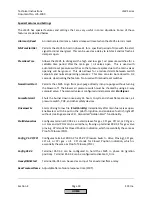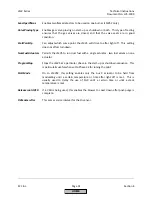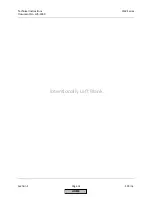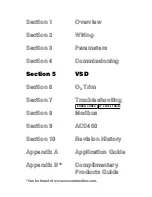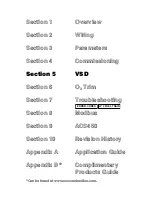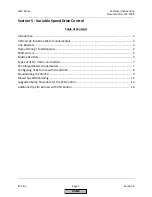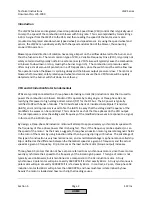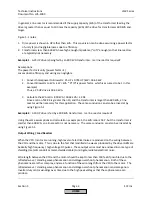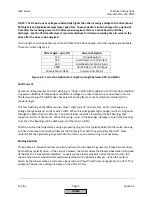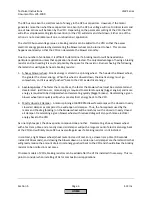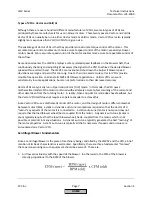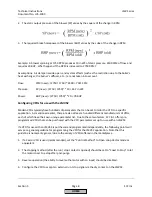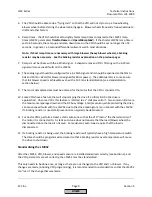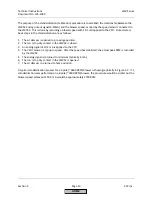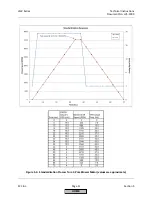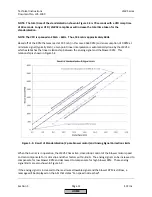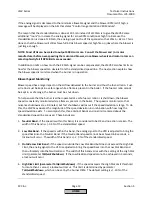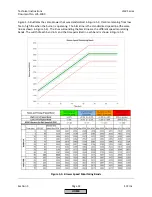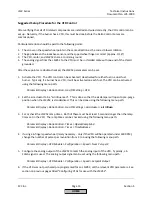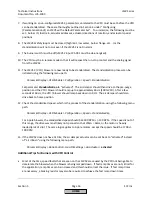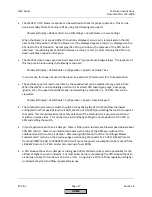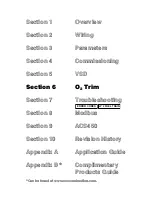
Technical
Instructions
LMV
Series
Document
No.
LV5
‐
1000
Section
5
Page
4
SCC
Inc.
In
general,
a
line
reactor
is
recommended
if
the
supply
capacity
(kVA)
of
the
transformer
feeding
the
drive
is
greater
than
or
equal
to
10
times
the
capacity
(kVA)
of
the
drive
for
transformers
600
kVA
and
larger.
Figure
5
‐
1
notes:
1.
Drive
power
is
shown
in
HP
rather
than
kVA.
This
conversion
can
be
done
assuming
a
power
factor
of
unity
(1)
and
negligible
losses
due
to
efficiency.
2.
Transformers
less
than
600
kVA
have
high
enough
impedance
(“soft”
enough)
so
that
line
reactors
are
typically
not
necessary.
Example
1
:
A
25
HP
drive
is
being
fed
by
an
800
kVA
transformer.
Is
a
line
reactor
required?
Assumptions:
The
power
factor
is
unity
(power
factor
=1)
Losses
due
to
efficiency
and
wiring
are
negligible
1.
Convert
horsepower
to
kilowatts:
25
HP
x
0.745
HP/kW
=
18.63
kW
2.
Convert
kilowatts
to
kVA:
kW
=
kVA
*
Pf
(Pf
is
power
factor,
which
is
assumed
to
be
1
in
this
example)
Thus,
a
25
HP
drive
is
18.63
kVA.
3.
Calculate
the
kVA
ratio:
800
kVA
/
18.63
kVA
=
42.94
Since
a
ratio
of
42.94
is
greater
than
10,
and
the
transformer
is
larger
than
600
kVA,
a
line
reactor
will
be
necessary
for
this
application.
The
same
conclusion
can
also
be
arrived
at
by
using
Figure
5
‐
1.
Example
2
:
A
10
HP
drive
is
fed
by
a
400
kVA
transformer.
Is
a
line
reactor
required?
Using
the
same
assumptions
and
calculation
as
example
1,
the
kVA
ratio
is
53.7,
but
the
transformer
is
smaller
than
600
kVA,
so
a
line
reactor
is
not
necessary.
The
same
conclusion
can
also
be
arrived
at
by
using
Figure
5
‐
1.
Output
Wiring
/
Load
Reactors
When
the
VFD
/
motor
are
running,
high
levels
of
electrical
noise
are
produced
on
the
wiring
between
the
VFD
and
the
motor.
This
is
due
to
the
fact
that
modified
sine
waves
produced
by
the
drive
IGBTs
are
basically
high
frequency
/
high
voltage
DC
pulses.
These
output
wires
must
be
enclosed
in
some
type
of
shielding
(metallic
conduit
or
metal
‐
shielded
cable)
to
mitigate
radiated
electrical
noise.
Wire
length
between
the
VFD
and
the
motor
should
be
kept
to
less
than
150
feet
if
possible
due
to
the
reflected
wave
/
standing
wave
phenomenon
and
voltage
overshoot
phenomenon.
Both
of
these
phenomena
are
rather
complex,
and
are
a
function
of
the
wire
length
from
the
VFD
to
the
motor.
The
reflected
wave
/
standing
wave
phenomenon
and
voltage
overshoot
phenomenon
can
damage
non
‐
inverter
duty
motor
windings
over
time
due
to
the
high
peak
voltages
that
these
phenomena
can
produce.
HOME
Summary of Contents for LMV 5 Series
Page 2: ...Intentionally Left Blank ...
Page 41: ...LMV Series Technical Instructions Document No LV5 1000 SCC Inc Page 7 Section 2 HOME ...
Page 42: ...Technical Instructions LMV Series Document No LV5 1000 Section 2 Page 8 SCC Inc HOME ...
Page 43: ...LMV Series Technical Instructions Document No LV5 1000 SCC Inc Page 9 Section 2 HOME ...
Page 44: ...Technical Instructions LMV Series Document No LV5 1000 Section 2 Page 10 SCC Inc HOME ...
Page 45: ...LMV Series Technical Instructions Document No LV5 1000 SCC Inc Page 11 Section 2 HOME ...
Page 46: ...Technical Instructions LMV Series Document No LV5 1000 Section 2 Page 12 SCC Inc HOME ...
Page 47: ...LMV Series Technical Instructions Document No LV5 1000 SCC Inc Page 13 Section 2 HOME ...
Page 48: ...Technical Instructions LMV Series Document No LV5 1000 Section 2 Page 14 SCC Inc HOME ...
Page 49: ...LMV Series Technical Instructions Document No LV5 1000 SCC Inc Page 15 Section 2 HOME ...
Page 50: ...Technical Instructions LMV Series Document No LV5 1000 Section 2 Page 16 SCC Inc HOME ...
Page 51: ...LMV Series Technical Instructions Document No LV5 1000 SCC Inc Page 17 Section 2 HOME ...
Page 52: ...Technical Instructions LMV Series Document No LV5 1000 Section 2 Page 18 SCC Inc HOME ...
Page 53: ...LMV Series Technical Instructions Document No LV5 1000 SCC Inc Page 19 Section 2 HOME ...
Page 54: ...Technical Instructions LMV Series Document No LV5 1000 Section 2 Page 20 SCC Inc HOME ...
Page 55: ...LMV Series Technical Instructions Document No LV5 1000 SCC Inc Page 21 Section 2 HOME ...
Page 373: ...Intentionally Left Blank ...

